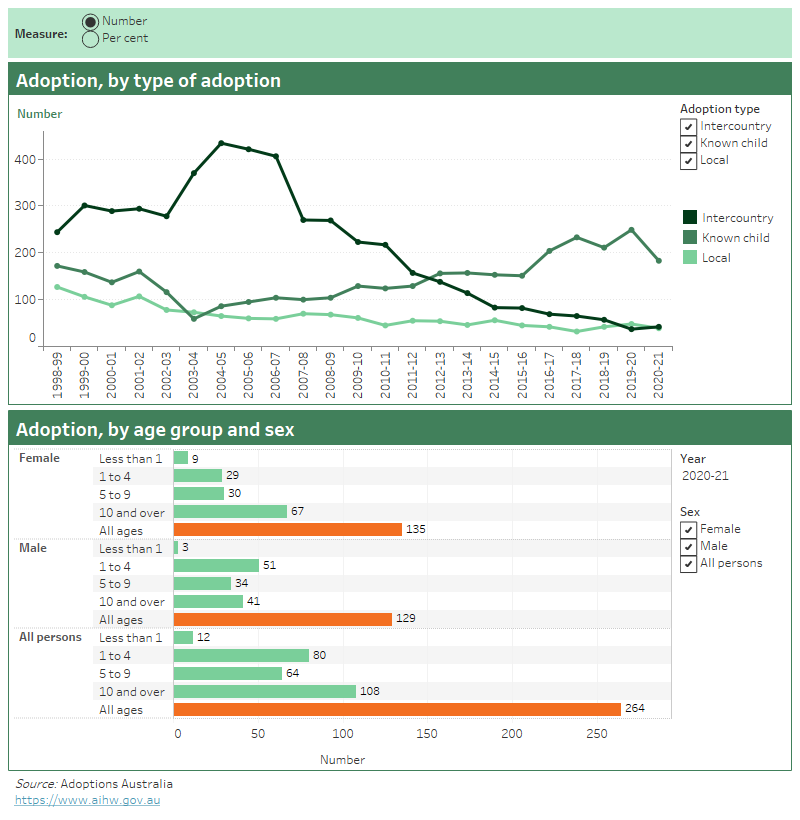Overview of adoptions
Adoption is a legal process involving the transfer of the rights and responsibilities for the permanent care of a child from the child’s parent(s) to their adoptive parent(s). When an adoption order is granted, the legal relationship between the child and their parent(s) is severed. Any legal rights that existed from birth regarding the parent(s), such as inheritance, are removed. In relation to the adoptive parents, the legal rights of the adopted child become the same as they would be if the child had been born to the adoptive parent(s). A new birth certificate may be issued for the child recording the name(s) of the adoptive parent(s) as the legal parent(s) and, if given, the new name of the child.
Adoptions processes
There are three types of adoption in Australia:
- Known child adoption, which includes step-parent, carer and relative adoptions;
- Local adoption, and
- Intercountry adoption
The process of adopting a child varies between each of these adoption types, and can vary between the adoption agencies of each state and territory.
Two panels presented. The top panel shows how the number of intercountry, known child, and local adoptions have varied between 1999-99 to 2020-21. Over this period Intercountry adoptions were the most numerous type up to 2011-12, but known child adoptions have been most numerous since, with the proportion they account for generally increasing. The bottom panel shows the sex and ages of all adoptees by year. For adoptions finalised in 2020-21, 135 females were adopted compared with 129 males, with the majority of adoptees aged 10 or over.

What influences adoption trends in Australia?
A range of factors contribute to changes in the number of children adopted in Australia. These factors vary based on the type of adoption.
Factors affecting the number of adoptions of Australian children (local and known child) include, but are not limited to:
- declining fertility rates;
- the wider availability of effective birth control;
- increased support for single parents; and
- the emergence of family planning centres.
Legislation introduced by state and territory departments supporting the use of alternative legal orders, such as third party parental orders that transfer permanent guardianship and custody of a child to a relative or carer other than the child’s parents, can also replace the need for adoption.
Factors contributing to the decline in intercountry adoptions include economic and social changes that enable children to remain with their birth family or be adopted in their country of origin. This results in fewer children needing intercountry adoption, leading to countries of origin working to reduce or manage the number of adoption applications they receive; for example, by introducing more stringent eligibility requirements, or quotas.
Has the age of adoptees changed over time?
The age of an adopted child can be influenced by circumstances related to the type of adoption. In known child adoptions, the age at which an adoption occurs can be affected by legislative requirements. For example, carers seeking to adopt a child need to have known the child for a certain length of time prior to an adoption being considered. In the case of step-parent adoptions, additional time is involved in forming step-families.
The age of children for whom intercountry adoption is considered appropriate can be affected by characteristics of the child and characteristics of the adoption process. This includes time taken to determine if intercountry adoption is in the best interests of the child, which may include initially seeking a suitable adoptive family in the child’s country of origin.
Explanatory notes
Age is calculated from date of birth, in completed years. For known child adoptions, this is the age when the adoption order for the child was granted. For local and intercountry adoptions, it is the age at which the child was placed with the adoptive family.


